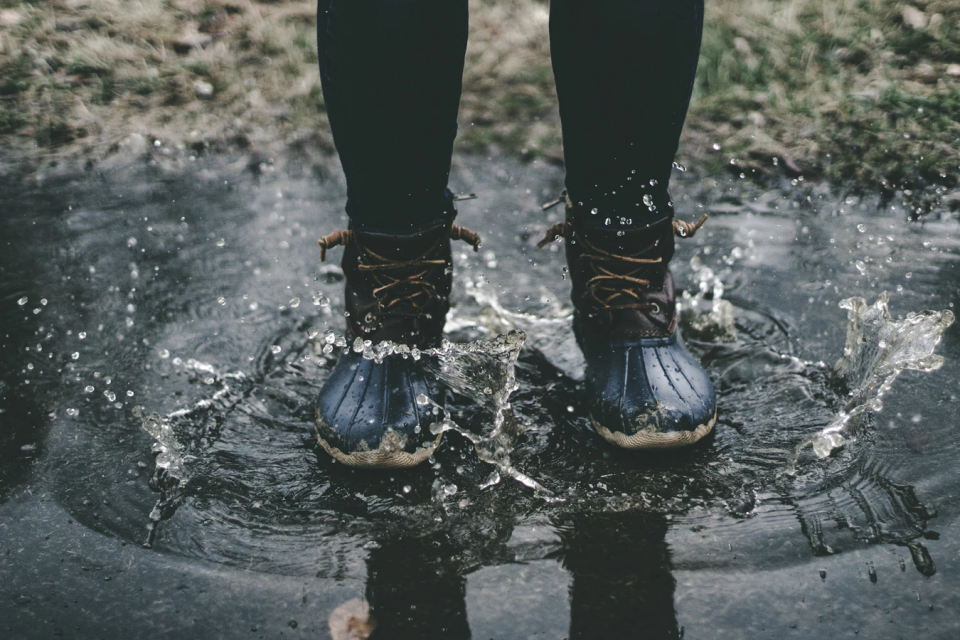Winter Storm
Severe winter weather occurs infrequently in San Bernardino County, but it can and does occur. If you are in our local mountains during such conditions, follow these guidelines:
Winter storms vary widely in intensity, from brief snow flurries to blizzards lasting many days (highly unlikely in San Bernardino County). Severe winter storms are usually forecast far enough in advance (WINTER STORM WATCH) to allow for preparation.
A WINTER STORM WARNING means that high winds, low temperatures, snow and/or sleet will occur in a matter of hours or are occurring now.
An ICE STORM WARNING means that freezing rain or drizzle is expected or is occurring, which is expected to accumulate a significant thickness of ice on roads, wires, trees, and other exposed surfaces.
A HEAVY SNOW WARNING means that snowfall of at least 4 inches in 12 hours, or 6 inches in 24 hours, is expected.
When a WINTER STORM WATCH is issued, the following precautions should be taken:
Businesses, Industries, Schools, Government Agencies
- Review policies and procedures for closing or reducing operations, as well as necessity for designated personnel to assist in protecting facilities and equipment.
- Check need and availability of emergency supplies, such as flashlights and batteries, first aid supplies, food for employees who may be stranded, etc.
- Ensure that heating and vehicle fuel supplies are adequate.
- Ensure that emergency heating equipment, with adequate fuel, is available and operable.
- Check supplies of food to be sure that they are adequate.
- Check operability of battery-powered radio(s) and flashlights, and supply of extra batteries.
- Dress for the season.
When any type of WINTER STORM WARNING is issued:
Businesses, Industries, Schools, Government Agencies
- Implement policies for release of employees and curtailment of operations; if at night or on weekend, issue announcements through news media as appropriate.
- Continue to monitor weather conditions and forecasts, and keep employees advised of status of operations plans.
- Stop business travel except in emergencies…
Citizens
- Stay indoors.
- If you must go outdoors, don’t overwork, dress appropriately, watch for signs of overexposure.
- If home is without heat, seek other heated shelter. If impossible, use alternate heat source, such as wood stove or fireplace; use one or two rooms, close off rest of the house; dress warmly in layers, wear hat, and use several light blankets when sleeping; hang blankets over windows and seal cracks in doors.
- If you must travel, do so during the day and in convoy with another car or with another person, if possible; monitor weather reports on radio; keep gas tank at least half-full; seek shelter if storm gets worse.
- If you become trapped in your car, stay there unless you can clearly see shelter that you are sure is adequate and that you can get to safely; run motor and heater only when necessary and open a window slightly to avoid carbon monoxide poisoning; be sure vehicle exhaust is not blocked; exercise by moving arms and legs and clapping hands, but avoid overexertion; keep watch for rescuers and turn on the inside car light at night so rescuers can see you.
Links:
- DWR Division of Flood Management – https://water.ca.gov/Programs/Flood-Management
- Flood Emergency Management System - https://water.ca.gov/What-We-Do/Emergency-Response
- National Weather Service San Diego (NWS) - http://www.weather.gov/sandiego
- National Weather Service Las Vegas (NWS) - http://www.weather.gov/lasvegas
- National Weather Service Phoenix 9 (NWS) - http://www.wrh.noaa.gov/psr/
- San Bernardino County Flood Control District - http://www.sbcounty.gov/trnsprtn/pwg/alert
- Governor’s Office of Emergency Services - http://www.caloes.ca.gov/home
- Federal Emergency Management Agency - https://www.ready.gov/tornadoes

